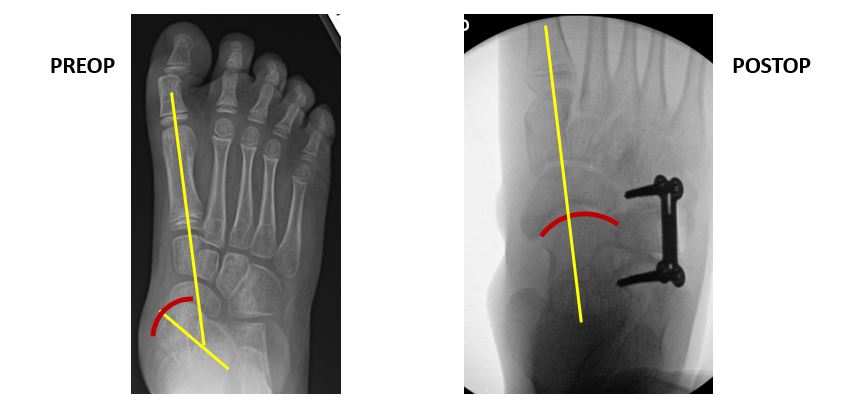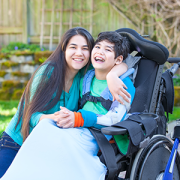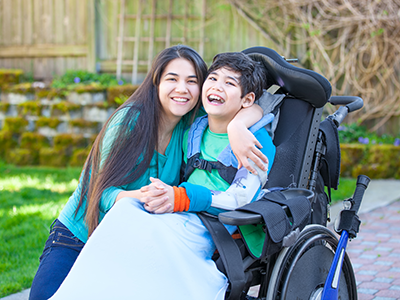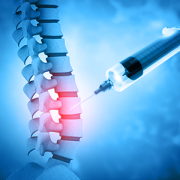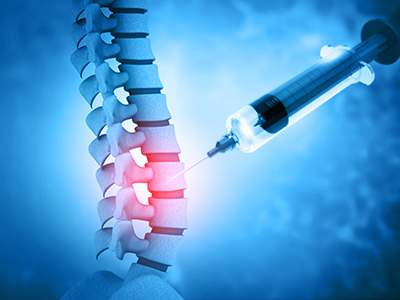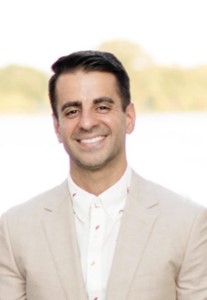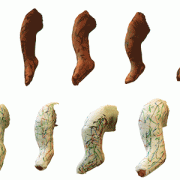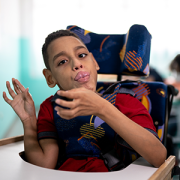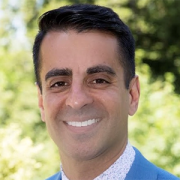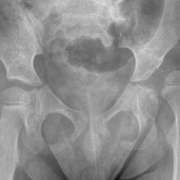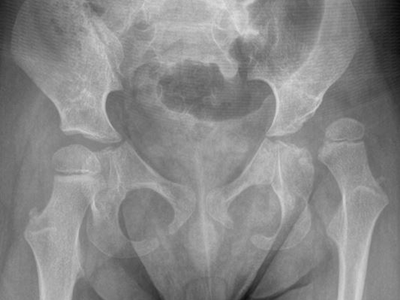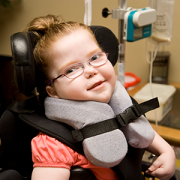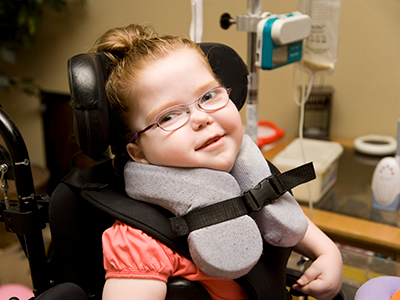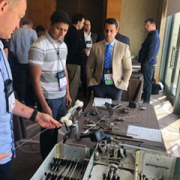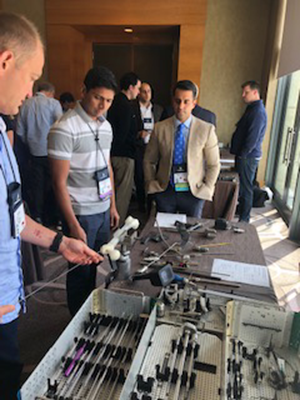Global gathering of orthopaedic leaders at EPOSNA Conference
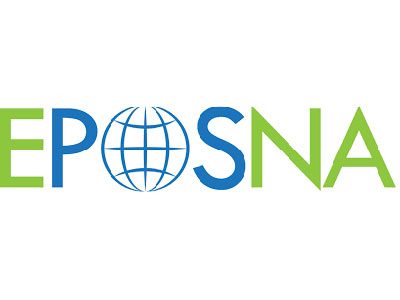 The 2024 European Pediatric Orthopaedic Society of North America (EPOSNA) Conference took place over four days at the National Harbor in Maryland. The event focused on improving the clinical care of children, as well as advancing the education of surgeons and scientific research in pediatric orthopaedics.
The 2024 European Pediatric Orthopaedic Society of North America (EPOSNA) Conference took place over four days at the National Harbor in Maryland. The event focused on improving the clinical care of children, as well as advancing the education of surgeons and scientific research in pediatric orthopaedics.
“This meeting allows the scientific exchange of ideas that advances our field and allows our treatments and outcomes to improve,” says Matthew Oetgen, M.D., chief of Orthopaedic Surgery and Sports Medicine at Children’s National Hospital.
Children’s National at EPOSNA
- Laura Tosi, M.D., was inducted into the POSNA Hall of Fame.
- Oetgen and Megan Young, M.D., served as local co-hosts of the conference.
- Sean A. Tabaie, M.D., joined a newly formed POSNA advocacy group for gun safety measures to combat the alarming increase in pediatric gun violence, often resulting in musculoskeletal injuries.
- Oetgen moderated a series of sessions that focused on traumatic pediatric injuries.
- Tabaie presented during the Neuromuscular session, sharing insights on a novel scoring system validated for quantifying foot deformities in children with cerebral palsy.
“By attending and participating in this meeting we keep up with the science, continue learning and improve the care we provide to our patients,” says Dr. Oetgen.
Highlights from the sessions our team attended
- A study published on a cohort of asymptomatic teenagers in the Netherlands reported an incidence of 6.4% of hip dysplasia.
- A paper was published looking at differences in femoral version (rotational profile of the femur bone) in periacetabular osteotomy (PAO) patients. It found that patients with painful hip dysplasia had significantly improved hip pain after a PAO in all three femoral version groups.


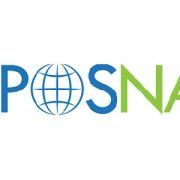
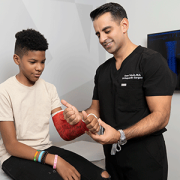
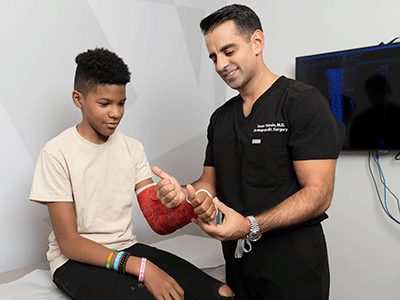 Join Children’s National Hospital for a pre-recorded Continuing Medical Education (CME) presentation on
Join Children’s National Hospital for a pre-recorded Continuing Medical Education (CME) presentation on 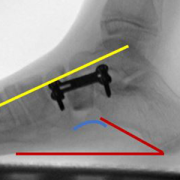
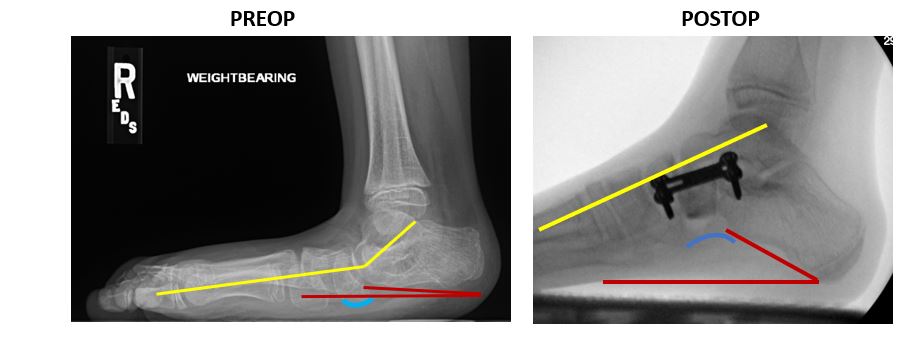 The use of internal brace (IB) augmentation leads to significantly improved long-term foot stability in flatfoot reconstructive surgery for children with cerebral palsy (CP) and pes planovalgus (flat foot) deformities, according to data presented by researchers at the
The use of internal brace (IB) augmentation leads to significantly improved long-term foot stability in flatfoot reconstructive surgery for children with cerebral palsy (CP) and pes planovalgus (flat foot) deformities, according to data presented by researchers at the 